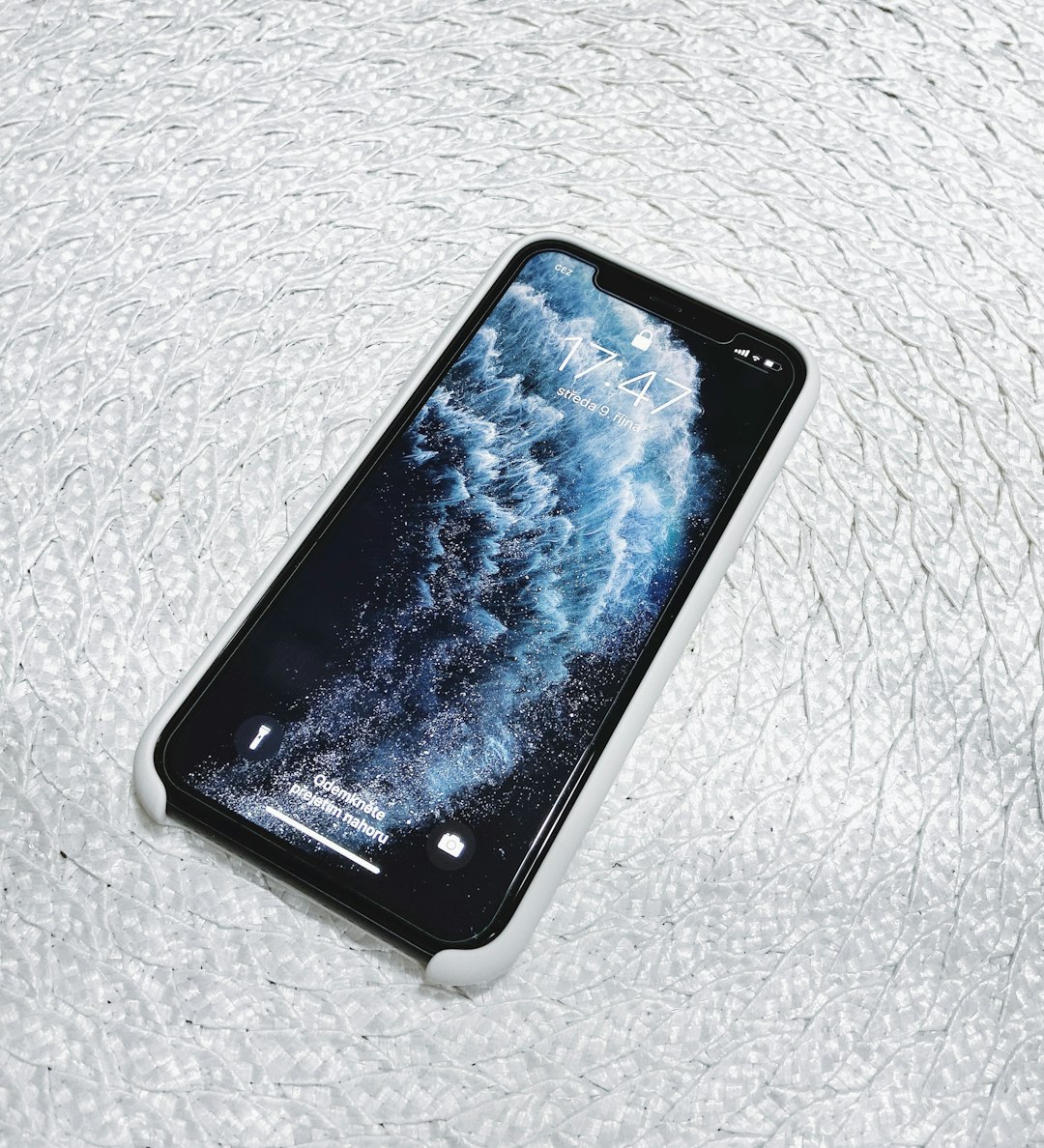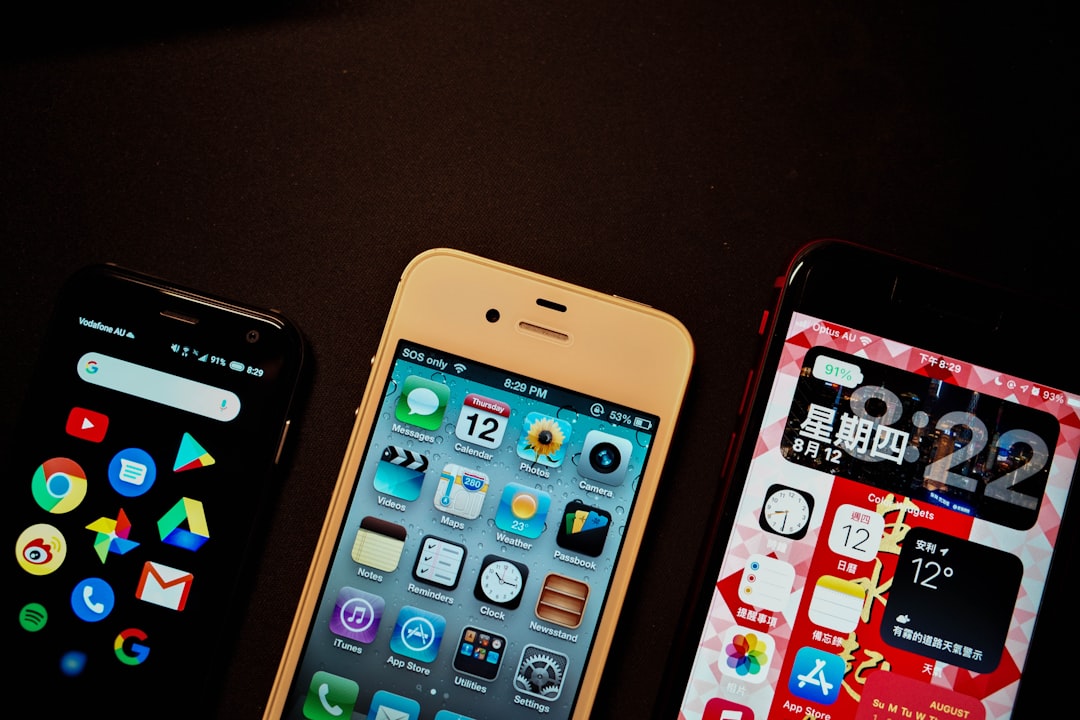With the proliferation of smartphones and tablets among younger users, parents are increasingly seeking effective ways to monitor and manage their children’s digital activities. Both Android and iOS offer built-in parental control features designed to assist guardians in creating safer digital environments for their children. The effectiveness of these features, however, depends on how well they are understood and utilized.
TLDR: Android and iOS provide robust parental control options that allow parents to monitor screen time, restrict access to certain apps, block inappropriate content, and track device location. Android uses Family Link, while iOS uses Screen Time and Family Sharing. These controls are essential in managing children’s digital exposure and ensuring safer online experiences. However, understanding their full capabilities requires a bit of setup and familiarity with each platform’s tools.
Overview of Parental Controls
Parental controls are tools that allow parents and guardians to supervise their child’s smartphone or tablet use. These controls can limit screen time, prevent access to explicit content, manage app usage, and even track a device’s physical location. While both Android and iOS offer similar features, their implementation and depth of customization vary.
Parental Controls on Android
Google’s Android platform offers parental controls primarily through an app called Google Family Link. This app allows parents to connect their Google Account to their child’s account and monitor device usage remotely.
Key Features of Google Family Link:
- App Management: Approve or block apps your child wants to download from the Google Play Store.
- Screen Time Limits: Set daily screen time restrictions and define a bedtime schedule for the device.
- Location Tracking: View your child’s device location in real-time.
- Activity Reports: Receive detailed reports on how much time is spent on each app.
- Content Filtering: Filter out explicit content from Google Search and YouTube.
Setting up Family Link is relatively straightforward. Parents need to install the app on their own device, create a Google Account for their child (if they don’t already have one), and link the two together. Once done, controls can be managed through the Family Link parent app.

Parental Controls on iOS
Apple provides its suite of parental controls through the Screen Time feature integrated into iOS, along with Family Sharing. These tools are accessible directly from the iPhone or iPad’s settings menu, offering a seamless experience for Apple users.
Core Features of iOS Parental Controls:
- Downtime: Schedule periods when the child’s device can’t be used, like during bedtime or homework hours.
- App Limits: Put daily usage caps on specific apps or app categories.
- Communication Limits: Restrict who the child can communicate with during allowed and downtime hours.
- Content & Privacy Restrictions: Block inappropriate content, purchases, and changes to privacy settings.
- Location Sharing: Share and track device location using Family Sharing.
One of iOS’ standout features is its ability to link all family devices under Family Sharing. This streamlines parental controls across multiple devices and allows parents to manage settings remotely. It’s especially useful for families heavily integrated into the Apple ecosystem.
Comparing Android and iOS Parental Controls
While both platforms offer comprehensive control options, they have distinct approaches in key areas:
| Feature | Android (Family Link) | iOS (Screen Time & Family Sharing) |
|---|---|---|
| Installation | Requires separate Family Link app | Built into Settings |
| App Management | Approve/block app installations | Limit existing apps only |
| Screen Time Controls | Daily limits and device bedtime | Detailed app category limits and downtime |
| Location Tracking | Real-time tracking via Family Link | Location sharing via Find My app |
| Content Filters | Search, web, and YouTube filters | Comprehensive filters by category and rating |
Third-Party Parental Control Apps
Though Android and iOS offer strong native controls, some parents may want more detailed insights or stricter lockdown capabilities. In such cases, third-party apps can add extra layers of supervision. Popular choices include:
- Qustodio: Supports both platforms with detailed reporting and strong web filters.
- Norton Family: Known for its web monitoring and search supervision.
- Bark: Specializes in monitoring messaging apps and social media activities.
These apps may require a subscription but tend to offer functionalities that go beyond what native solutions can provide, such as detecting signs of cyberbullying or self-harm through AI algorithms.

Best Practices for Digital Parenting
While technological tools are indispensable, combining them with good parenting practices amplifies their effect. Here are some essential strategies for digital parenting:
- Open Dialogue: Talk to your children about internet safety, privacy, and responsible usage.
- Model Good Behavior: Children often mimic parents. Demonstrating balanced usage sets a good example.
- Regularly Review Settings: Update age-based restrictions as your child grows and matures.
- Encourage Offline Activities: Promote hobbies and physical activities that do not involve screen use.
Effective digital parenting is not just about restriction but also about education and communication. The parental control features of Android and iOS devices serve as valuable tools, but they must be part of a broader parenting approach that fosters trust and guidance.
FAQ: Parental Controls on Android and iOS
- 1. At what age should I apply parental controls?
- Parental controls are advisable as soon as a child begins to use a digital device independently. Most experts suggest starting around age 6–7 and adjusting settings as the child matures.
- 2. Can parental controls be bypassed by tech-savvy children?
- While no system is completely foolproof, both Apple and Google have constantly improved their security to minimize bypassing. Nevertheless, regular monitoring and conversations are essential.
- 3. Is there a cost for using Family Link or Screen Time?
- No, both Family Link (Android) and Screen Time (iOS) are free to use. Some premium content filters or third-party apps, however, may require a subscription.
- 4. Can I monitor YouTube activity with parental controls?
- Yes. Android allows monitoring through YouTube Kids and Family Link settings. On iOS, restrictions can be applied via Screen Time and SafeSearch features, but third-party apps may offer more detailed insights.
- 5. What happens when my child turns 13?
- On Android, children can opt out of Family Link at 13, but this will notify the parent. On iOS, parents retain control unless the child’s Apple ID is removed from Family Sharing.
Understanding and utilizing parental controls on Android and iOS not only helps in managing screen time and digital exposure but also strengthens the parent-child relationship through transparency and trust. In a world where technology is deeply embedded in everyday life, these tools provide peace of mind and safer digital experiences.
